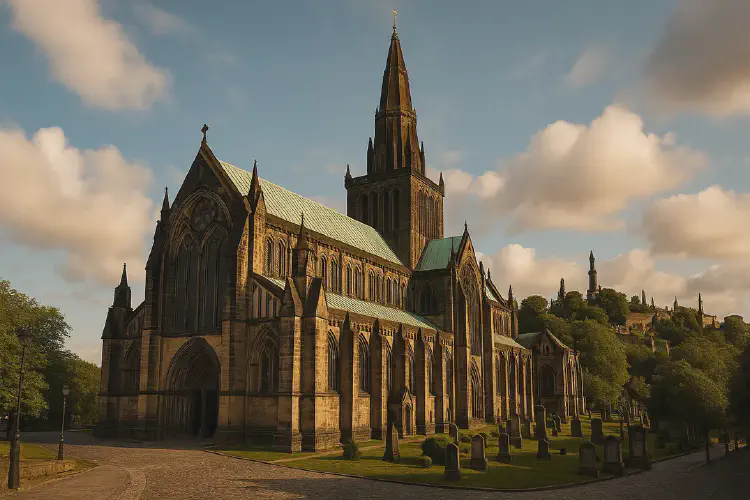
History of Glasgow
Glasgow’s story is one of transformation—from a medieval religious center to an industrial powerhouse, and now to a modern cultural capital. Its history is woven into the city’s streets, architecture, and identity.

Glasgow’s story is one of transformation—from a medieval religious center to an industrial powerhouse, and now to a modern cultural capital. Its history is woven into the city’s streets, architecture, and identity.
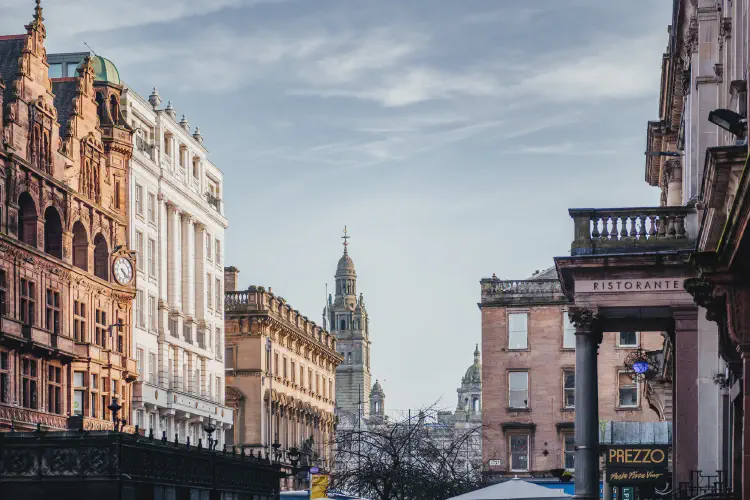
Glasgow’s city center is a vibrant mix of historic architecture, cultural icons, and lively streets. It’s the beating heart of Scotland’s largest city and a must-see for visitors.
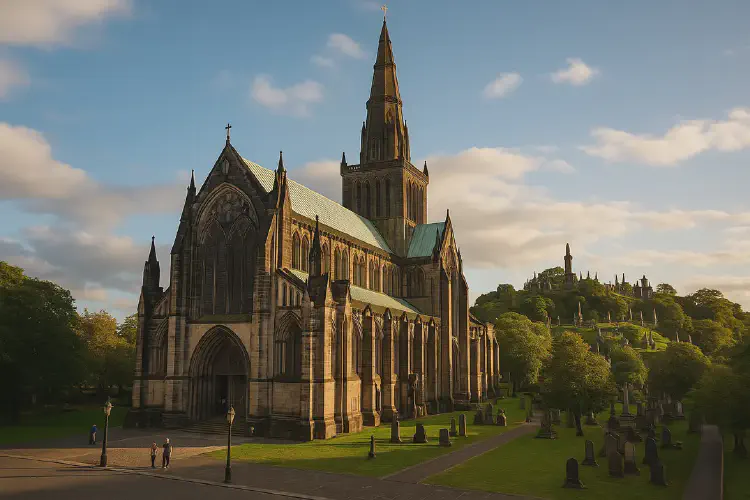
Glasgow Cathedral and the Necropolis together form one of the city’s most atmospheric and historically rich areas. They reveal Glasgow’s medieval roots and Victorian grandeur side by side.
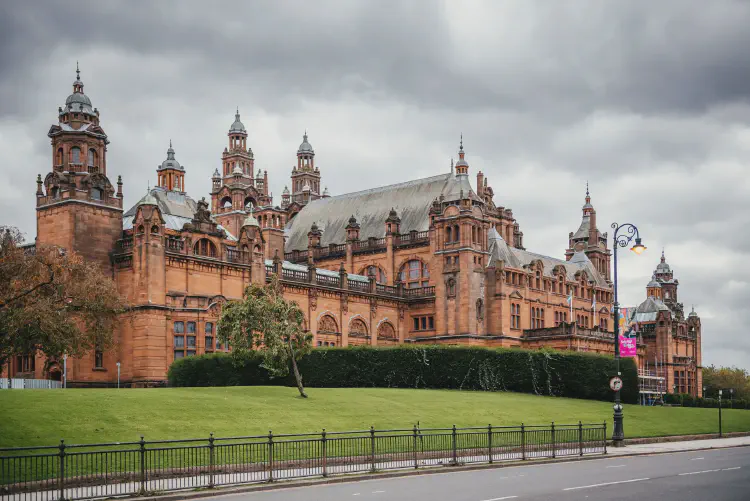
The Kelvingrove Art Gallery and Museum is one of Scotland’s most beloved cultural institutions. With its striking architecture and eclectic collections, it captures both Glasgow’s pride and Scotland’s heritage.
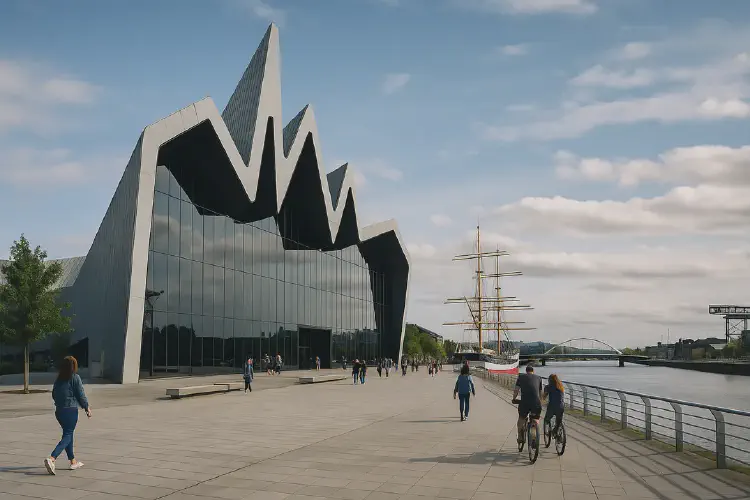
The River Clyde has shaped Glasgow’s history, from its shipbuilding glory days to its modern cultural revival. Today, the Riverside Museum and surrounding attractions celebrate this heritage while offering fresh experiences for visitors.
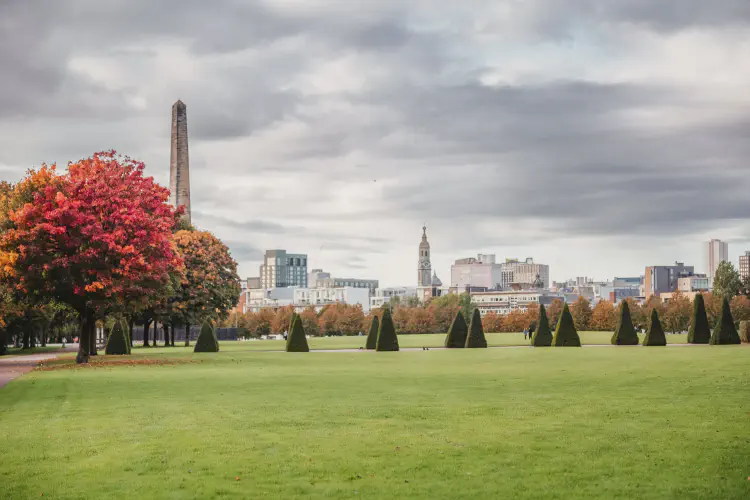
Glasgow Green is the city’s oldest public park and a beloved gathering place. At its heart stands the People’s Palace, a museum dedicated to telling the story of Glasgow’s people.